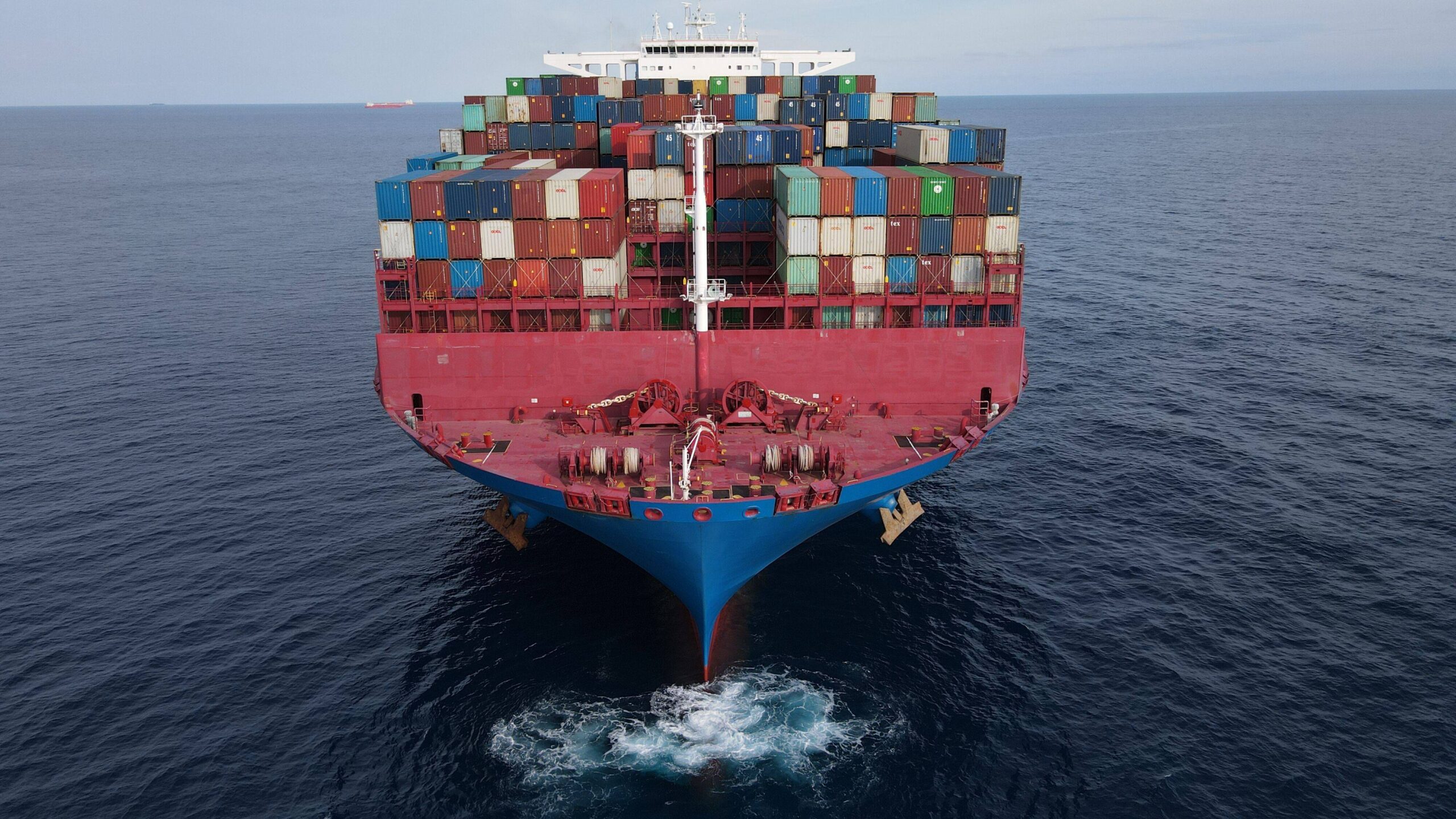Shipping goods within the Philippines requires careful consideration of inland transport costs. Whether you’re a business owner, a freight forwarder, or an individual sending packages, knowing how to estimate inland transport cost in Philippines is crucial for budgeting and efficient logistics planning. This guide will walk you through the key factors and steps to accurately estimate these costs.
1. Determine the Transport Mode
Evaluate Road Transport
Road transport is commonly used for inland shipping in the Philippines. When estimating costs, consider factors like the type of vehicle needed (truck, van), fuel prices, and toll fees. For example, larger trucks may be required for bulky items, increasing fuel consumption and costs. Also, some routes have toll roads, which add to the overall expense.
Consider Rail Transport
Rail transport can be a cost-effective option for large volumes over long distances. However, it has limited routes in the Philippines. When estimating rail transport costs, factor in the rail freight rates, which are often based on weight and distance, as well as any handling fees at the terminals.
Assess Water Transport
In areas with extensive waterways, such as around Manila Bay or the Visayas region, water transport like ferries or barges can be viable. Calculate costs by considering vessel charter fees, loading/unloading charges, and transit times. Water transport may be slower but more economical for certain types of goods.
2. Calculate the Distance
Use Mapping Tools
Utilize online mapping tools or GPS systems to accurately measure the distance between the origin and destination. Distance is a major determinant of transport costs. For example, longer distances will require more fuel and time, increasing expenses. Make sure to account for the most practical route, as detours can also impact costs.
Consider Route Complexity
Besides the straight-line distance, factor in the complexity of the route. Mountainous areas, narrow roads, or congested urban areas can slow down transit and increase fuel consumption. Some routes may also have restrictions on certain vehicle types, which could lead to additional costs if alternative arrangements are needed.
3. Analyze the Cargo Characteristics
Consider Weight and Volume
The weight and volume of the goods directly affect transport costs. Heavier and bulkier items may require larger vehicles or more space on a vessel, increasing charges. Calculate the density of your cargo (weight per unit volume) to determine the most cost-effective transport option.
Account for Special Handling Requirements
If your goods require special handling, such as temperature control for perishable items or secure packaging for fragile products, these will add to the cost. Specialized equipment or additional labor may be needed, increasing the overall expense of inland transport in the Philippines.
4. Research Local Rates and Charges
Check with Transport Providers
Contact local trucking companies, rail operators, or shipping lines to inquire about their current rates. Rates can vary significantly between providers, so it’s important to get multiple quotes. Also, ask about any seasonal fluctuations or special offers that could affect the cost.
Look into Regulatory Fees
Be aware of regulatory fees imposed by local authorities. These can include road usage taxes, port fees (for water transport), or rail infrastructure charges. Failure to account for these fees can lead to unexpected costs during transport.
5. Factor in Contingency Costs
Anticipate Delays
Delays are common in inland transport due to traffic, weather conditions, or unforeseen circumstances. Set aside a portion of your budget for potential delays, which could result in additional fuel costs, storage fees, or overtime charges for drivers.
Prepare for Emergencies
Have a contingency fund for emergencies, such as vehicle breakdowns or cargo damage. These unexpected events can disrupt your transport schedule and incur extra expenses, so it’s essential to be prepared.
In conclusion, accurately learning how to estimate inland transport cost in Philippines involves considering the transport mode, calculating distance, analyzing cargo characteristics, researching local rates, and factoring in contingency costs. By following these steps, you can make more informed decisions, manage your budget effectively, and ensure smooth inland transportation of your goods in the Philippines.


